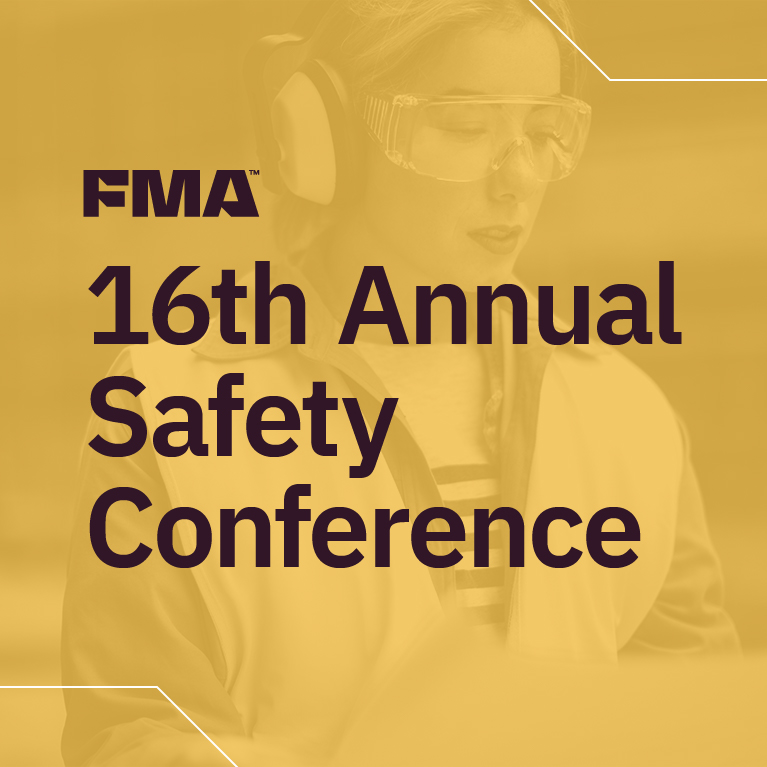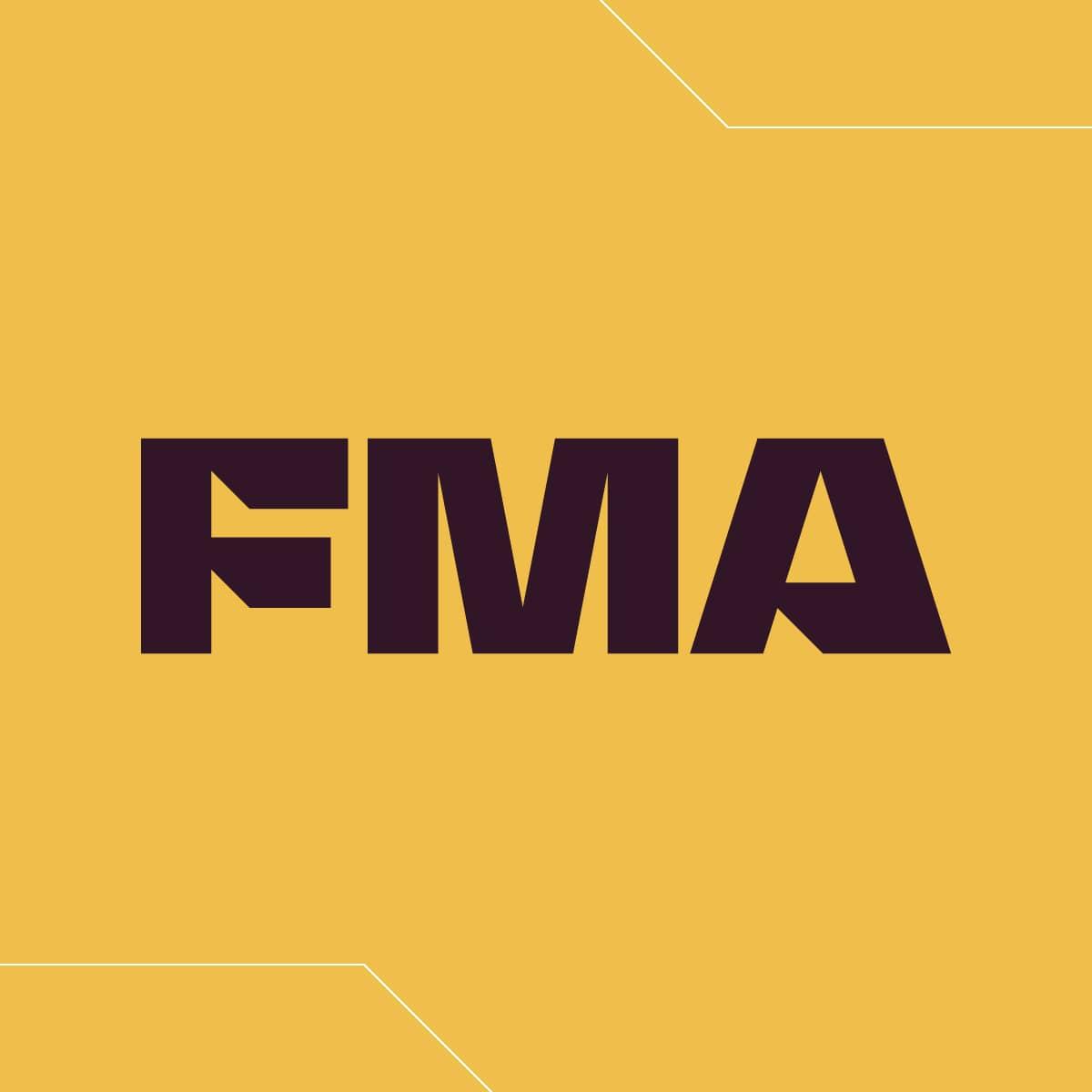Metal Fabricating: a Firm Foundation for Modern Health Care
By Dan Davis | May 12, 2020
Categories:
This year is FMA’s 50th anniversary! Over the last five decades, FMA has helped thousands of metal fabrication professionals advance their careers and the industry. As the industry has advanced, so have the lives of Americans. In the first installment of this blog series, we’re showcasing the many ways that metal fabrication has significantly impacted health care as we know it today, especially during the COVID-19 pandemic.
This is the first installment of a five-part blog series.
As the world scrambles for personal protective equipment (PPE) in the fight against the novel coronavirus, not too many people are thinking about metal fabrication’s place in this health care battle. That’s not unusual as many people don’t think about metal fabrication in general. They aren’t aware of how the parts and assemblies fabricated in shops actually affect their world.
Just consider the current pandemic. In late March an announcement is made that Chicago’s McCormick Place was going to be transformed into a field hospital to take on patients who are turned away from crowded hospitals. Accurate Metal Fabricating of Chicago connects with the Army Corps of Engineers, leading the transformation of the exhibition hall, and ultimately wins a contract to supply 1,800 emergency beds for the alternative care facility. The fabricator designed, manufactured, and delivered the beds in a little over a week. More than 600,000 metal parts had to be produced to fabricate the beds.
In Georgia, a manufacturer of modular structures saw the need for expanded medical rooms and reached out to the Georgia Emergency Management and Homeland Security Agency. After landing a contract, BMarko Structures leased a warehouse in Lawrenceville and hired 25 welders, working over two shifts, to convert old shipping containers into hospital rooms. As of late April, the team had constructed two temporary hospitals, each with 24 additional patient rooms.
The creativity of metal fabricators is evident only if you are really looking for it in the world of health care. The beds, storage cabinets, and stands found in examination rooms and surgical bays are fabricated in a way to minimize the collection of dust and germs, with each weld ground to baby skin smoothness. Behind the plastic housings of large medical devices like magnetic resonance imaging machines are complex assemblies made of plate that can’t fail when in use. Kiosks that increasingly act as the interface between patients and doctors located in other cities all have a metal framework. The very cabinets that contain cardiac defibrillator kits were likely formed by skilled technicians on a press brake.
With the advent of 3D printing, more fab shops might find themselves entering the precision manufacturing world typically dominated by machine shops. Technology advancements are creating opportunities for those with engineering talents and inspirational thought. It’s hard to fathom what might be possible when current generations are just now beginning to consider how additive manufacturing can influence parts creation.
In the meantime, take note that if the medical community and healthcare professionals need something — metal fabricators can build it. When the U.S. Navy hospital ship Comfort made its way up the Hudson River in late March, New York City residents saw it as a symbol of hope for a city overwhelmed with coronavirus cases. Those in the metal fabricating community saw it as something that was created by its brothers and sisters in the shipbuilding trade.
The Arsenal of Democracy that helped to win World War II never really shut down. It’s just waiting for its next moment to help.
About the Author

Dan Davis
Dan Davis is editor-in-chief of The Fabricator, the industry's most widely circulated metal fabricating and forming magazine, and its sister publications The Tube & Pipe Journal, and The Welder. He has been with the publications since April 2002. He has written about U.S. manufacturing trends and issues for more than 20 years. Before coming to The Fabricator he covered appliance manufacturing, the finishing industry, and manufacturing and business software development. As a trade journal editor he has traveled extensively throughout the U.S. and Europe, visiting manufacturing facilities and attending the world's most important manufacturing events. He is a 1990 Louisiana State University journalism graduate. He lives with his wife and two children in Crystal Lake, Ill.

Side by side, we move metal fabrication forward.
FMA unites thousands of metal fabrication and manufacturing professionals around a common purpose: to shape the future of our industry, and in turn shape the world.
Learn More About FMA



